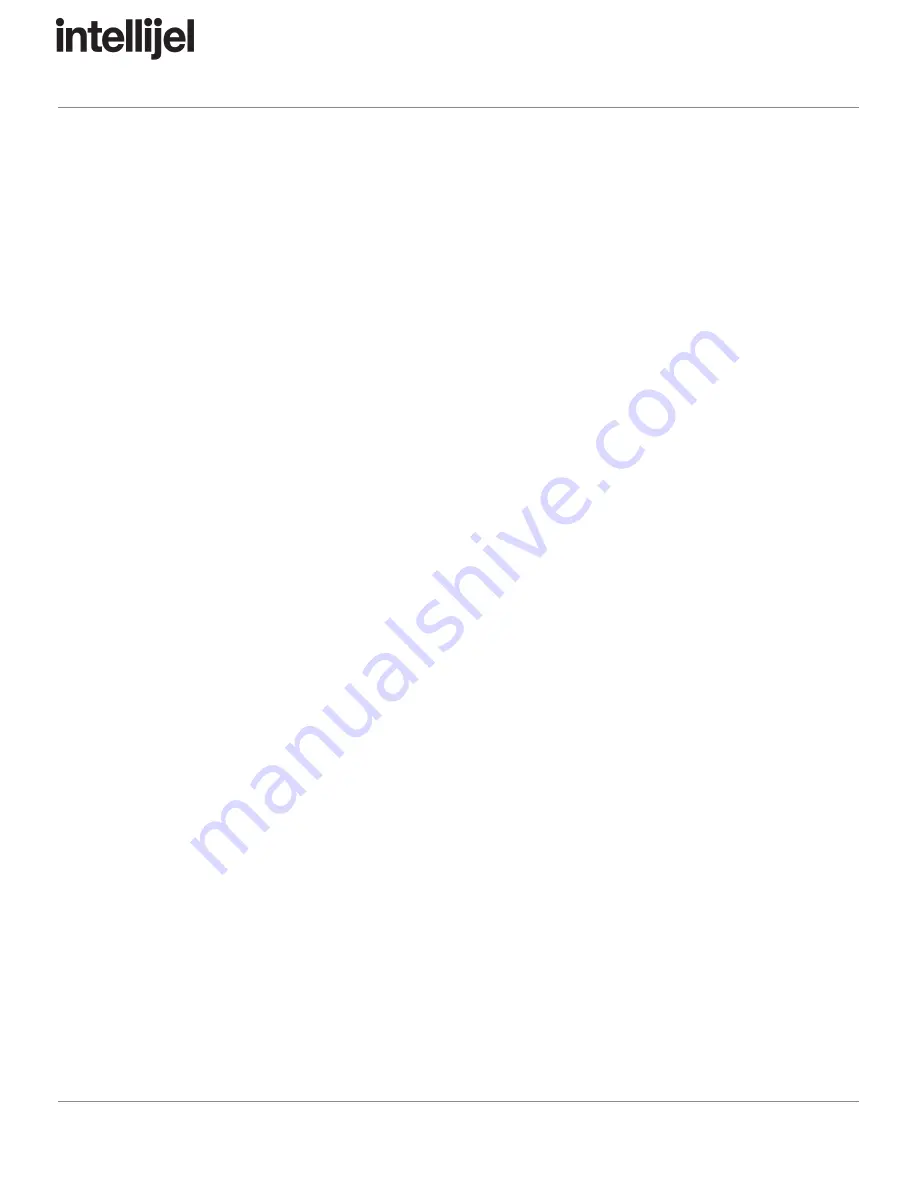
10/30/2018
Tetrapad 2.0 Manual - Google Docs
https://docs.google.com/document/d/18AFrtwTCpaE5_dPILqmrodOXnIIEmdZGws2Kx_eEC4M/edit#heading=h.akbpz6132fpo
15/63
Tetrapad Manual
Single Function Modes
●
Mode 2: Voltages Mode - Voltages Mode divides each pad into two regions — an upper
and a lower — giving you access to 8 voltage banks, each of which can store 8 voltages
(one for each output).
●
Mode 3: Keyboard Mode - Keyboard Mode turns Tetrapad into an 8-key keyboard, with
each key capable of sending a different note to Outs 1-4. This mode divides each of the
four pads in two, creating an upper key and a lower key. Touching any pad also outputs
both a trigger and a gate signal, and pads respond to both position and pressure. You
define notes for each key by selecting a keyboard mapping from the built-in Scale
Library and you set a root note with a twist of an encoder. Diatonically shifted versions of
the root scale appear at each of the four outputs and you can rotate these assignments
using another encoder.
●
Mode 4: Custom Keyboard Mode - Custom Keyboard Mode is similar to Keyboard
Mode (described above), only instead of automatically assigning keys to a particular
scale, you manually assign a note to each of the eight keys (and for each of the four
outputs, if you wish). Custom Keyboard Mode is for people who want direct control over
the pitch of every key and output, and don’t wish to be constrained by the scales
included in Mode 3’s Scale Library.
●
Mode 5: Chord Mode - Chord Mode stores a unique 4-note chord for each of the four
pads. Touching a pad transmits the four notes to the first four outputs, enabling you to
play one-finger chords (if you use multiple oscillators). Touching any pad also outputs
both a trigger and a gate signal, and pads respond to both position and pressure. Define
a chord for each pad by selecting it from the built-in Chord Library, and alter the root
note, inversion and chord rotations using the encoders.
●
Mode 6: Custom Chord Mode - Custom Chord Mode is similar to Chord Mode
(described above), only instead of using the encoders to select chords, roots, inversions
and rotations, you manually assign — pad-by-pad and output-by-output — each note in
each chord. Custom Chord Mode is for people with chord requirements that extend
beyond those included in Mode 8’s Chord Library.
Page 14






























